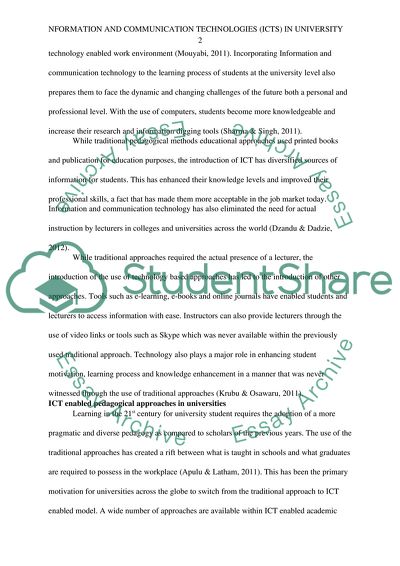Cite this document
(“Information and Communication Technologies (Icts) In University Essay”, n.d.)
Information and Communication Technologies (Icts) In University Essay. Retrieved from https://studentshare.org/information-technology/1653170-information-and-communication-technologies-icts-in-university
Information and Communication Technologies (Icts) In University Essay. Retrieved from https://studentshare.org/information-technology/1653170-information-and-communication-technologies-icts-in-university
(Information and Communication Technologies (Icts) In University Essay)
Information and Communication Technologies (Icts) In University Essay. https://studentshare.org/information-technology/1653170-information-and-communication-technologies-icts-in-university.
Information and Communication Technologies (Icts) In University Essay. https://studentshare.org/information-technology/1653170-information-and-communication-technologies-icts-in-university.
“Information and Communication Technologies (Icts) In University Essay”, n.d. https://studentshare.org/information-technology/1653170-information-and-communication-technologies-icts-in-university.


